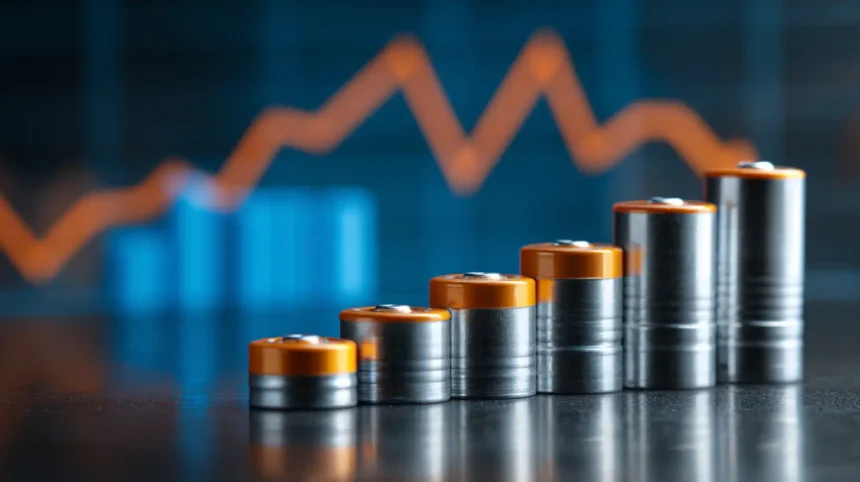1. The plunge: 90 % down in two years
Spot lithium carbonate in China averaged CNY 61 150 / tonne (~US $8 400) in late June 2025—down more than 90 % from its 2022 apex and a further 33 % below June 2024 levels. Reuters calls it the industry’s “paradox of low prices and rising demand,” noting oversupply from new Chinese brine operations.
2. Why the slide hasn’t slashed showroom stickers
Batteries matter, but they’re not the whole car. Fastmarkets calculates that cells made up only 7.5 % of a Model 3’s MSRP in mid-2024, down from 15 % in early 2023. Translation: even if raw lithium were free, an average 2025 EV might cost just 6–8 % less. Add in higher costs for ADAS sensors, aluminum bodywork, and plant retooling, and automakers are inclined to pocket the margin.
3. Locked-in contracts dampen the savings
Most large OEMs hedge with multi-year fixed-price contracts signed when lithium was expensive. Those deals unwind gradually; companies like GM and Stellantis say they will “renegotiate through 2026.” Prices at the mine gate may be crashing today, but many purchase orders still reference last year’s benchmarks.
4. Chemistries are already shifting
Cheaper lithium accelerates the move toward lithium-iron-phosphate (LFP) packs, which use no nickel or cobalt. BYD’s sub-$10 000 Seagull and Tesla’s entry-level Model Y LFP show how lower-cost cathodes translate to aggressive MSRP cuts—yet those cars were already planned before the latest price slump. Expect LFP adoption in North-America-built EVs once local phosphate processing qualifies for IRA credits.
5. The retrofit bill for charging standards
U.S. automakers face a $1–2 billion outlay to fit NACS and dual-head CCS hardware at public stations, plus software rewrites across multiple platforms. Many CFOs admit they are funneling lithium-related savings into this mandatory capital expense rather than cutting vehicle prices.
6. When will retail prices finally fall?
Battery-pack specialists at Benchmark Minerals forecast that sustained sub-$10 000/tonne lithium could shave $30–$40 per kWh off pack costs by late 2026. That’s the tipping point at which mainstream EVs—think Chevrolet Equinox EV, Nissan Leaf successor—could drop below $30 000 before incentives. Analysts at Nasdaq still see “unsustainable” current prices and expect a mild rebound after 2026.
Bottom line
Yes, lithium is cheap again—but your next-gen EV won’t rival gasoline prices overnight. Commodity savings must work through contracts, chemistries, and charging-network upgrades before they touch the window sticker. Watch 2026: that’s when expiring supply deals and LFP scale could finally translate falling lithium prices into true mass-market EV affordability.
Read More: 5 Game-Changing Highlights in GM’s Ultium Update: New Plants, New Chemistries, New Range Records









